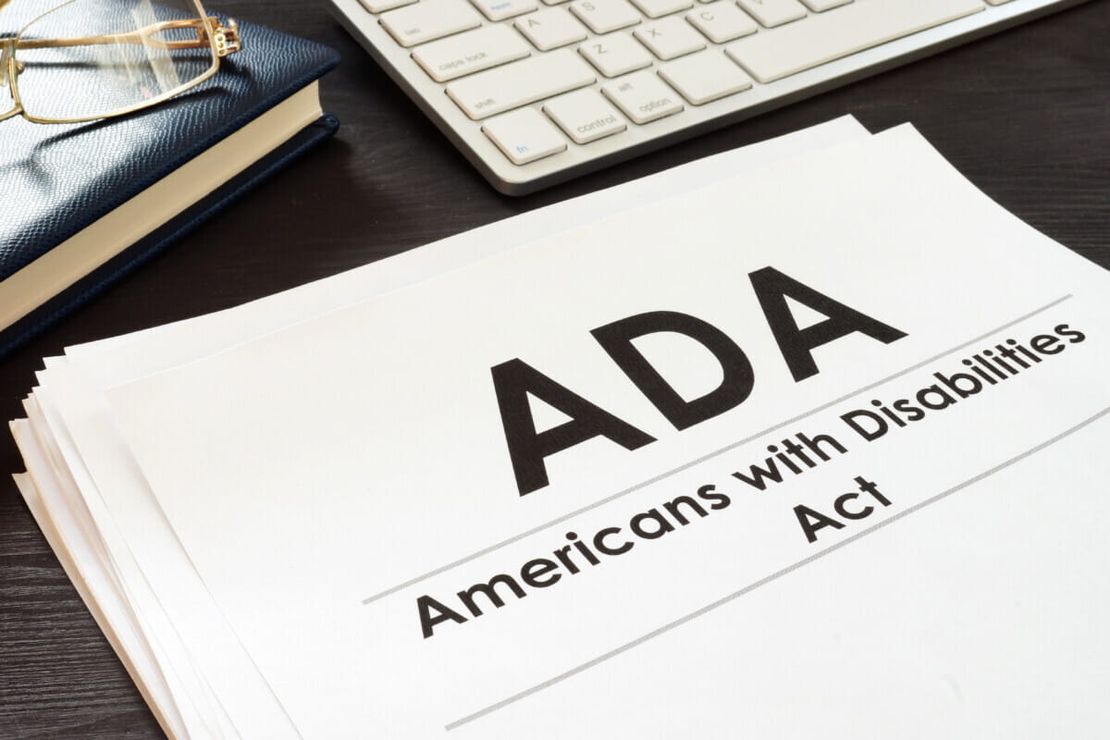Create An ADA Compliant Healthcare Mobile App, Website Or Patient Portal
- John Deutsch
- March 11, 2020

The Americans with Disabilities Act (ADA) was passed by Congress in 1990 to prevent discrimination against people with disabilities. ADA is stringent and has a very comprehensive scope. The reality is that the vast majority of websites, patient portals, and mobile apps in healthcare are often not accessible to people with disabilities. We suggest speaking to a lawyer who specializes in ADA to find the right level of compliance for your healthcare business. Bridge recommends that all healthcare businesses have an ADA policy and remediation plan in place. One should make an effort to create an ADA patient portal that includes features that are most likely to benefit one’s patient population. An increasing proportion of patients are seniors who often have age-related disabilities, which may make it difficult for them to navigate digital media. As with most things within healthcare, punishment is delegated to those that are negligent, not those that make a documented effort towards compliance.
Title III of the ADA prohibits private entities of all sizes which provide services to the public, like healthcare providers, from discriminating against individuals with disabilities. ADA used to focus on physical measures, like wheelchair accessibility and signs with braille lettering, but recent lawsuits have pointed to discrimination in the digital environment. Consumers are suing businesses and healthcare practices because their websites, patient portals, and mobile apps are not ADA compliant.
How to create an ADA patient portal, mobile app, and/or website
- All non-text content is to have a text alternative that serves an equivalent purpose
- Provide alternatives for time-based media
- Create content that can be presented in different ways without losing information or structure
- Make it easier for users to see and hear content, including separating the foreground from the background
- Make all functionality available from a keyboard
- Provide users enough time to read and use the content
- Do not design content in a way that is known to cause seizures or physical reactions
- Provide ways to help users navigate, find content, and determine where they are within the chosen software
- Make it easier for users to operate functionality through various inputs beyond the keyboard
- Information and the operation of the user interface must be understandable
- Ensure the software appears and behaves in predictable ways
- Help users avoid mistakes and provide means to correct mistakes
- Content must be robust enough that it can be interpreted by a wide variety of user agents, including assistive technologies
Bridge Patient Portal offers healthcare companies a feature-rich, secure, and vendor-neutral ADA patient portal.